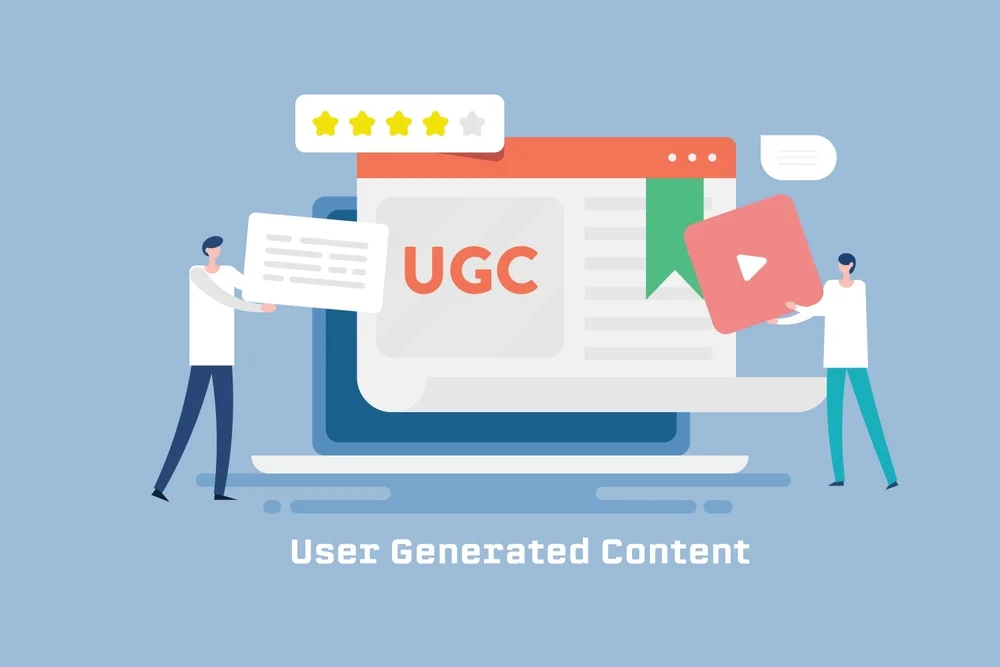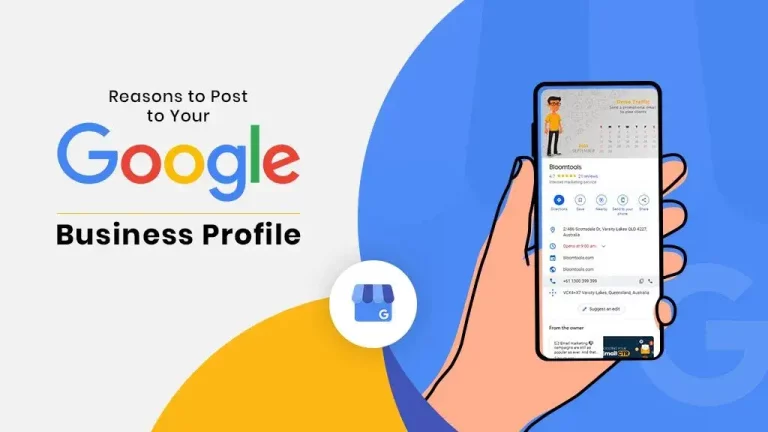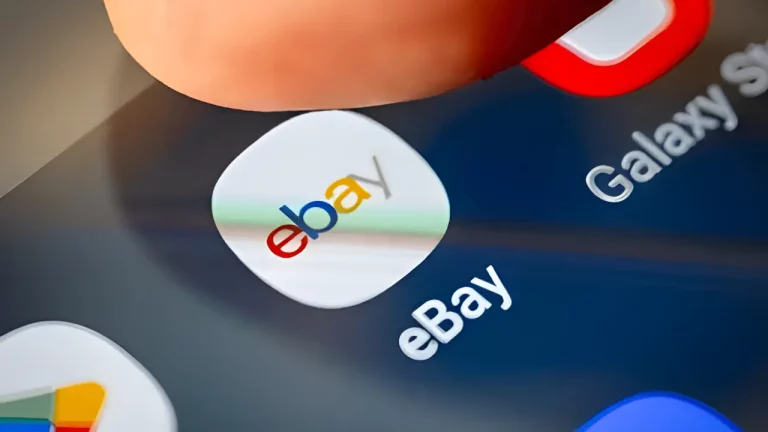How to Leverage User-Generated Content for Brand Growth

Imagine you have a favourite toy, and you love it so much that you tell all your friends about it. You even make a video showing how fun it is to play with, and you post that video online. When you do this, you’re creating what’s called “user-generated content,” or UGC for short. User-generated content is any kind of content, like photos, videos, reviews, or even stories, that regular people (like you and me) create and share about a product, brand, or service.
Now, think about how powerful it would be for a company if lots of people like you were making videos, writing reviews, or taking pictures of their products and sharing them online. That’s why companies love user-generated content—it helps them grow their brand without having to do all the work themselves!
Why User-Generated Content is Important
User-generated content is super important because it’s like getting a recommendation from a friend. When you see a friend or someone you trust saying something good about a product, you’re more likely to believe it and want to try that product too. This is called “social proof.” It shows that other people are happy with the product, so you probably will be too. You can learn more about how social proof influences people here.
Brands use UGC to help them grow because it builds trust with their customers. It’s also a way for brands to engage with their audience. When people see that a brand is sharing their content, they feel appreciated and are more likely to stay loyal to that brand.
Types of User-Generated Content
There are many types of user-generated content that brands can use to grow. Here are some of the most common ones:
- Photos and Videos: People love taking pictures and making videos. When customers share photos or videos of them using a product, it shows the product in action. Brands can share these photos and videos on their social media pages, websites, or even in their advertisements.
- Reviews and Testimonials: Have you ever read a review before buying something? Reviews are a big part of user-generated content. When people write about their experiences with a product, it helps others decide if they want to buy it too.
- Social Media Posts: Many people share their thoughts about brands and products on social media. Brands can keep an eye on these posts and share the best ones on their own social media pages.
- Blog Posts and Articles: Sometimes, people write longer pieces, like blog posts or articles, about their experiences with a brand. These can be really powerful because they provide a lot of detail and personal insights.
- Unboxing Videos: Unboxing videos are when someone films themselves opening a new product for the first time. These videos are popular on platforms like YouTube because they give viewers a first-hand look at what they’re getting.
How Brands Encourage User-Generated Content
Now that we know what user-generated content is, how do brands get people to create it? Here are some strategies that brands use:
- Creating Hashtags: Brands often create unique hashtags that their customers can use when they post about the brand online. For example, if you buy a new pair of shoes and use the hashtag #MyCoolShoes, the brand can easily find your post and share it with their followers.
- Running Contests: Brands might run contests where they ask people to share photos or videos for a chance to win a prize. This encourages people to create content and spread the word about the brand.
- Featuring Customers on Their Website or Social Media: When brands share user-generated content on their official pages, it makes people feel special and encourages others to create content too.
- Offering Incentives: Sometimes, brands offer discounts or freebies in exchange for user-generated content. For example, they might say, “Share a photo of you using our product and get 10% off your next purchase.”
- Engaging with the Content: Brands can also encourage more UGC by simply interacting with the content that people post. When a brand likes, comments, or shares someone’s post, it makes that person feel valued.
The Benefits of User-Generated Content for Brands
There are many reasons why brands love user-generated content. Let’s take a look at some of the biggest benefits:
- Building Trust: When people see others talking positively about a brand, it builds trust. They think, “If so many people like this product, it must be good!”
- Cost-Effective Marketing: Creating professional advertisements can be expensive. But with UGC, brands get free content from their customers. This saves money and still reaches a wide audience.
- Authentic Content: User-generated content is more authentic than traditional ads because it comes from real people. This makes it more relatable and believable.
- Increased Engagement: When brands share UGC, it encourages more people to interact with their brand. This increased engagement can lead to more followers, more customers, and more sales.
- SEO Benefits: UGC can also help brands improve their search engine optimisation (SEO). When people talk about a brand online, it creates more content that search engines like Google can find, which can help the brand show up higher in search results. If you want to learn more about SEO, you can check out emerging SEO techniques that are becoming popular in 2024.
Examples of Brands Successfully Using User-Generated Content
Let’s look at some examples of brands that have successfully used user-generated content to grow:
- Coca-Cola: Coca-Cola ran a campaign called “Share a Coke,” where they printed people’s names on their bottles. People loved finding bottles with their names and sharing photos of them on social media. This campaign created a lot of buzz and helped Coca-Cola connect with its customers in a personal way.
- GoPro: GoPro makes action cameras, and their customers love sharing videos of their adventures. GoPro encourages this by regularly featuring user-generated videos on their social media pages and even in their advertisements. This helps show how amazing their cameras are in real-life situations.
- Starbucks: Starbucks has run several campaigns where they ask customers to share photos of their drinks. One example is the “Red Cup Contest,” where customers were asked to share photos of their holiday-themed red cups. Starbucks then featured some of these photos on their social media, creating a festive and engaging campaign.
- LEGO: LEGO encourages its fans to share their creations online. They even have a website where people can submit their designs, and if enough people vote for them, LEGO might turn those designs into real products. This makes fans feel like they’re a part of the brand’s creative process.
How to Get Started with User-Generated Content
If you have a brand or are thinking about starting one, you might be wondering how to get started with user-generated content. Here are some steps to help you:
- Know Your Audience: Before you can encourage user-generated content, you need to know who your audience is and what they like. What kind of content do they enjoy creating and sharing? Understanding this will help you come up with ideas for campaigns.
- Create a Clear Goal: Decide what you want to achieve with user-generated content. Do you want to increase brand awareness, get more followers on social media, or boost sales? Having a clear goal will guide your strategy.
- Choose the Right Platforms: Think about where your audience spends their time online. Are they on Instagram, TikTok, or YouTube? Choose the platforms that make the most sense for your brand.
- Encourage Participation: Use the strategies we talked about earlier, like creating hashtags, running contests, or offering incentives, to encourage people to create content. Make it easy for them to participate.
- Engage with Your Audience: When people start sharing content, make sure to engage with it. Like, comment, and share their posts to show that you appreciate their efforts. This will encourage more people to join in.
- Measure Your Success: Finally, keep track of how your user-generated content campaigns are doing. Are you reaching your goals? Use tools like social media analytics to see how many people are participating, how much engagement you’re getting, and how it’s affecting your brand.
Potential Challenges of User-Generated Content
While user-generated content has many benefits, there are also some challenges to be aware of:
- Quality Control: Since anyone can create user-generated content, the quality can vary a lot. Some content might not fit with your brand’s image, so you’ll need to be careful about what you choose to share.
- Negative Feedback: Not all user-generated content will be positive. Sometimes, people might share negative experiences or criticism. It’s important to handle these situations carefully and professionally.
- Legal Issues: Before sharing user-generated content, you need to make sure you have permission from the person who created it. This means you might need to ask for their consent or make sure they’re using a specific hashtag that gives you the right to share their content.
- Consistency: It can be hard to maintain a consistent brand image when using content from many different sources. Make sure to select content that aligns with your brand’s values and messaging.
The Future of User-Generated Content
As we look to the future, user-generated content is likely to become even more important for brands. With the rise of social media platforms like TikTok and
Instagram, more and more people are sharing their experiences online. Brands that can tap into this trend and encourage their customers to create content will have a big advantage.
One exciting development is the use of artificial intelligence (AI) in marketing. AI can help brands find the best user-generated content by analysing huge amounts of data and identifying the most engaging posts. This makes it easier for brands to find high-quality content and share it with their audience.
Another trend is the increasing importance of video content. Videos are more engaging than text or photos, and they’re becoming more popular on social media. Brands can encourage their customers to create video content that showcases their products in action, which can help attract more attention and grow their brand.
| Key Concept | Description | Why It Matters |
|---|---|---|
| User-Generated Content (UGC) | Content created by customers or users, such as photos, videos, reviews, or social media posts, about a brand or product. | UGC builds trust and authenticity, as it comes from real people. It’s a cost-effective way to market and engage with your audience. |
| Social Proof | The idea that people are influenced by the actions and opinions of others, especially when making decisions. | When others see positive UGC, they are more likely to trust the brand and become customers themselves. |
| Hashtags | A keyword or phrase preceded by a ‘#’ used on social media to group and find related content. | Hashtags make it easier for brands to find UGC and for users to join in on brand-related conversations. |
| Contests and Challenges | Interactive campaigns where users are encouraged to create and share content for a chance to win a prize or gain recognition. | These activities drive engagement and generate large amounts of UGC, helping to spread brand awareness. |
| Video Content | Videos created by users that showcase a product or share their experience with a brand. | Video content is highly engaging and is becoming increasingly popular on social media, making it a powerful form of UGC. |
| Customer Reviews | Written opinions from customers about their experience with a product or service. | Reviews help other customers make informed decisions and can significantly impact a brand’s reputation. |
| Engagement | Interactions between the brand and its audience, such as likes, comments, and shares on social media. | Engaging with UGC shows customers that the brand values their input, fostering loyalty and encouraging more content creation. |
| Brand Loyalty | The positive feelings and commitment customers have towards a brand, leading them to continue buying from that brand. | UGC can enhance brand loyalty by making customers feel like they are part of a community and valued by the brand. |
| SEO Benefits | Improvements in a website’s visibility on search engines, often driven by the content created by users. | UGC can increase the amount of content linked to a brand, improving its search engine rankings and driving more traffic to the website. |
Conclusion
User-generated content is a powerful tool for brand growth. It builds trust, saves money, and engages customers in a way that traditional marketing can’t. By encouraging your audience to create and share content, you can tap into the power of social proof and create a community of loyal customers who love your brand.
Remember, the key to successful user-generated content is to make it easy and fun for your customers to participate. Whether it’s through hashtags, contests, or simply engaging with their posts, there are many ways to get started. As the digital world continues to evolve, user-generated content will only become more important, so now is the perfect time to start leveraging it for your brand’s growth.
Contact Us
You can contact us on Whatsapp:
or fill up the contact form





